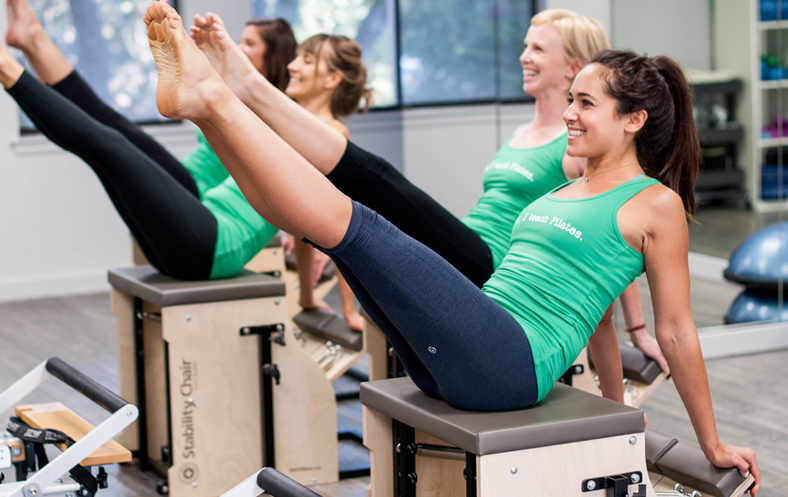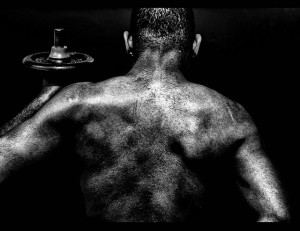It might seem as though I’m being loose with my article titles, but I assure you I’m serious. If we really stop and look at the kind of injury that befalls your average athlete, we’ll find that this kind of impairment afflicts most of us at one time or another.
To start though, we have to know what we’re dealing with. The easy, broad way to define athletic injuries would simply be as an injury an athlete gets.
More specifically, it would be something that impairs the ability of that athlete to perform. The movements athletes perform — running, jumping, throwing, swimming, etc. — are the same ones the non-athletes utilize, only less often and less vigorously.
Some confusion arises over how injuries are diagnosed and classified. For example, the cause of your average case of tendinitis — inflammation of a tendon — is frequently chalked up to “overuse”. What does this mean?
It could certainly be said that an athlete might tend to work a body part a little more than the average Joe. A pro tennis player will exercise and put much more stress on her elbow as part of hundreds of serves in practice and match play.
But this doesn’t explain why she got tendinitis and her teammate, performing the exact same regime, did not.
Two players are as different as their genetics, environment, and training, but beyond this there must be some mechanism by which the tendon of Player “A” became inflamed and that of Player “B” did not.
I suspect the “overuse” classification of athletic injuries is frequently the descriptor added to an inflammatory condition for which the causal factor is unknown.
Evaluate Function, Not Pain
The impairment of the athlete is no different than any ache or pain you might have from time to time.
A wrist that hurts when opening a jar.
A shoulder that stings when you reach for something in the back seat.
A knee that “talks to you” when you climb a flight of stairs.
The ankle that still hurts from time to time after you twisted it years ago.
All of these ailments have a cause that goes beyond the stand-by “getting old” or “the same thing my Dad used to have” explanations.
More information can be garnered — and a more distinct cause perhaps identified — if time is taken to evaluate a person’s function, and not just their pattern of pain. By this I mean looking beyond where it hurts to try and ascertain, for starters, what movements are restricted, how posture has shifted, and what muscles are not working as they should.
The more specifically movements and muscle function can be evaluated, the better we’ll be at isolating the things that need to be addressed to improve function. If function is improved, the pain almost always takes care of itself.
How can I assume that you have an “athletic injury”? From the above it follows that athletic injuries result from impaired function. I haven’t seen a patient walk in the office yet who didn’t have an area that, once thoroughly evaluated, didn’t have some impairment of function.
We never walk around in a perfect state of function. Rather, we’re always in some state of adaptation to the stresses that befall us, both past and present.
The Fix
Whether we experience pain is determined in large part by how well we are able to adapt to a potentially injury-causing stress. Twisting your ankle may or may not hurt depending upon how well you alter the way you walk and carry your body weight differently over knees and hips.
A body will fix a problem by itself — healing a torn muscle, for example — if it has the resources to do so. It will otherwise adapt its function so that that particular muscle is utilized minimally.
Fixing the problem thus depends on isolating the part that isn’t performing normally. That is, find out how function is impaired, and then address the condition that is preventing its restoration.
This is very much like the circuit breaker in your house tripping when you try to flip the switch to turn on the lights in the bedroom. The circuit for the bedroom lights could have blown due to a number of reasons. Faulty wiring, electrical overload, or a short in a particular appliance, to name a few.
Getting the lights back on then requires two things. First, address the problem. Remove the appliance that’s causing a short, for example. Second, reset the circuit. Only by performing both actions will you get the lights back on.
Bodies work similarly, but the circuits are a lot more complex. When seeing patients, the “circuits” I fix every day can require the restoration of alignment with an adjustment to the joint, fascial work around an impaired muscle, or the aid of supplemental nutritional enzymes to help clear out debris and damaged tissue.
As we are indeed holistic individuals, the restoration of function can require that we address the entire spectrum of chemical, structural, and psychological stresses that each of us encounters every day.
For lasting change, however, we must both address the cause of the problem and do whatever is necessary to “reset the circuit”. Anything less is a disservice to you as an athlete in the game of life!






